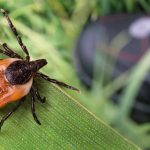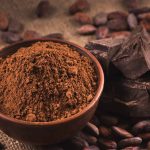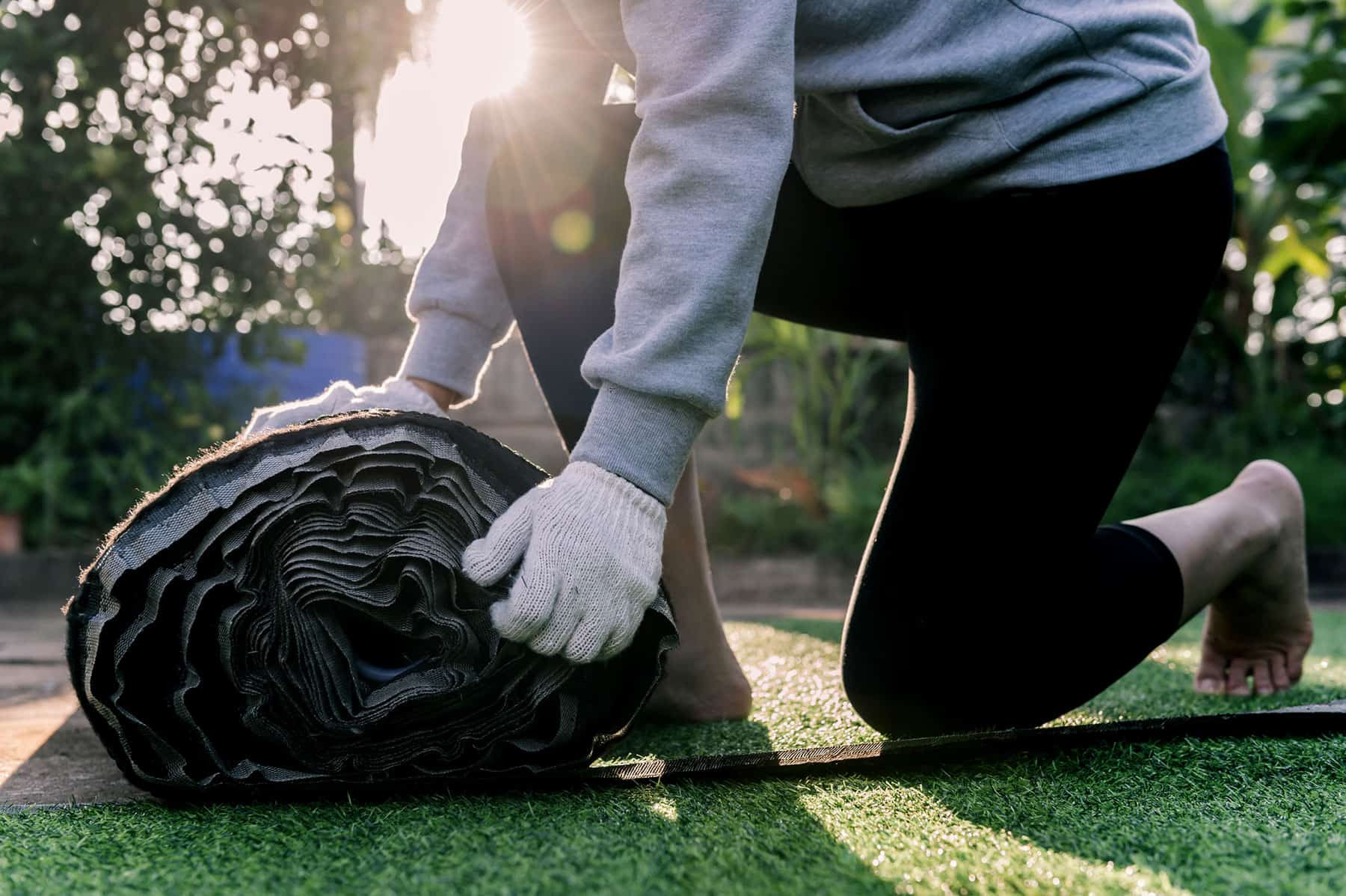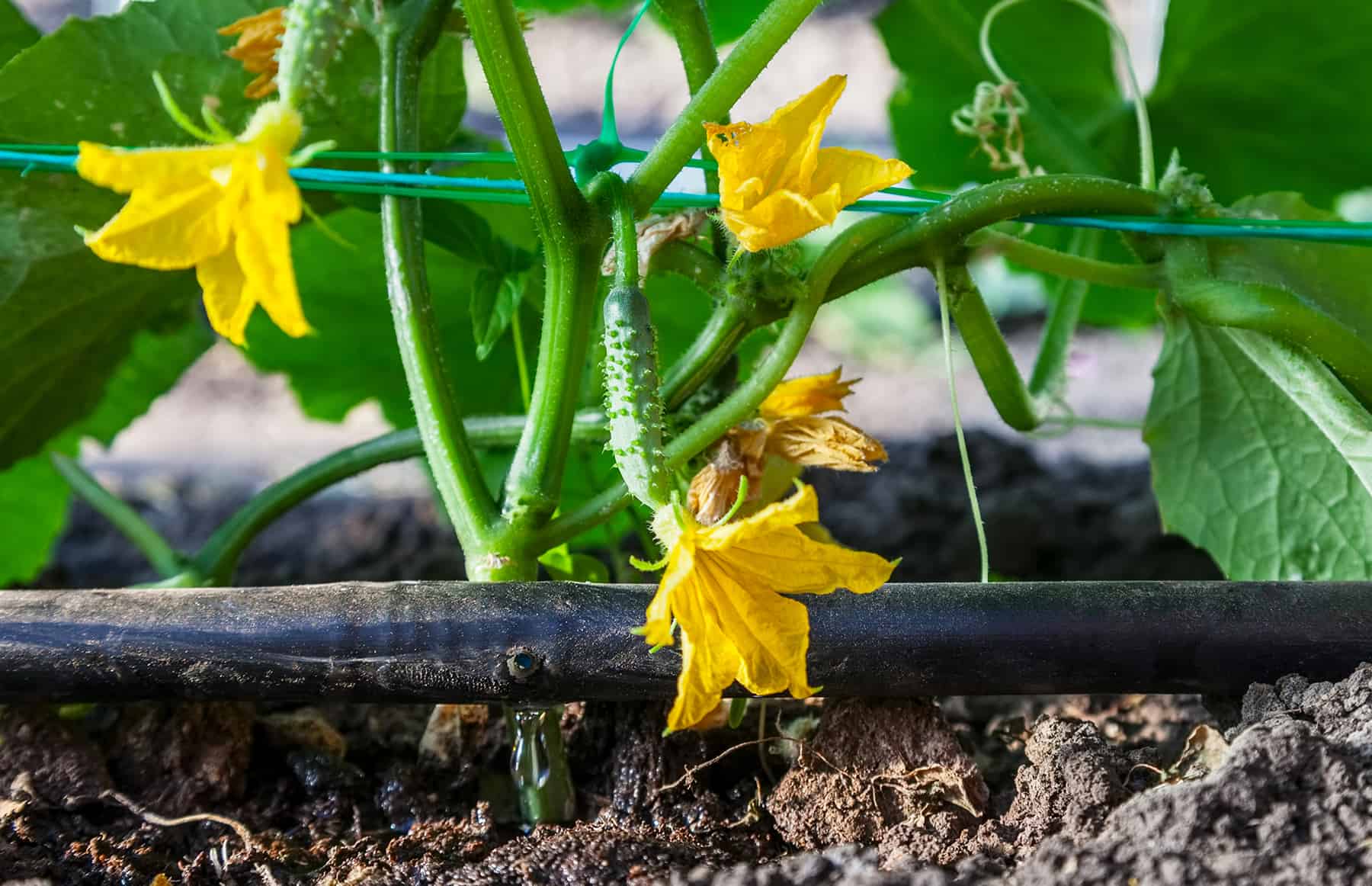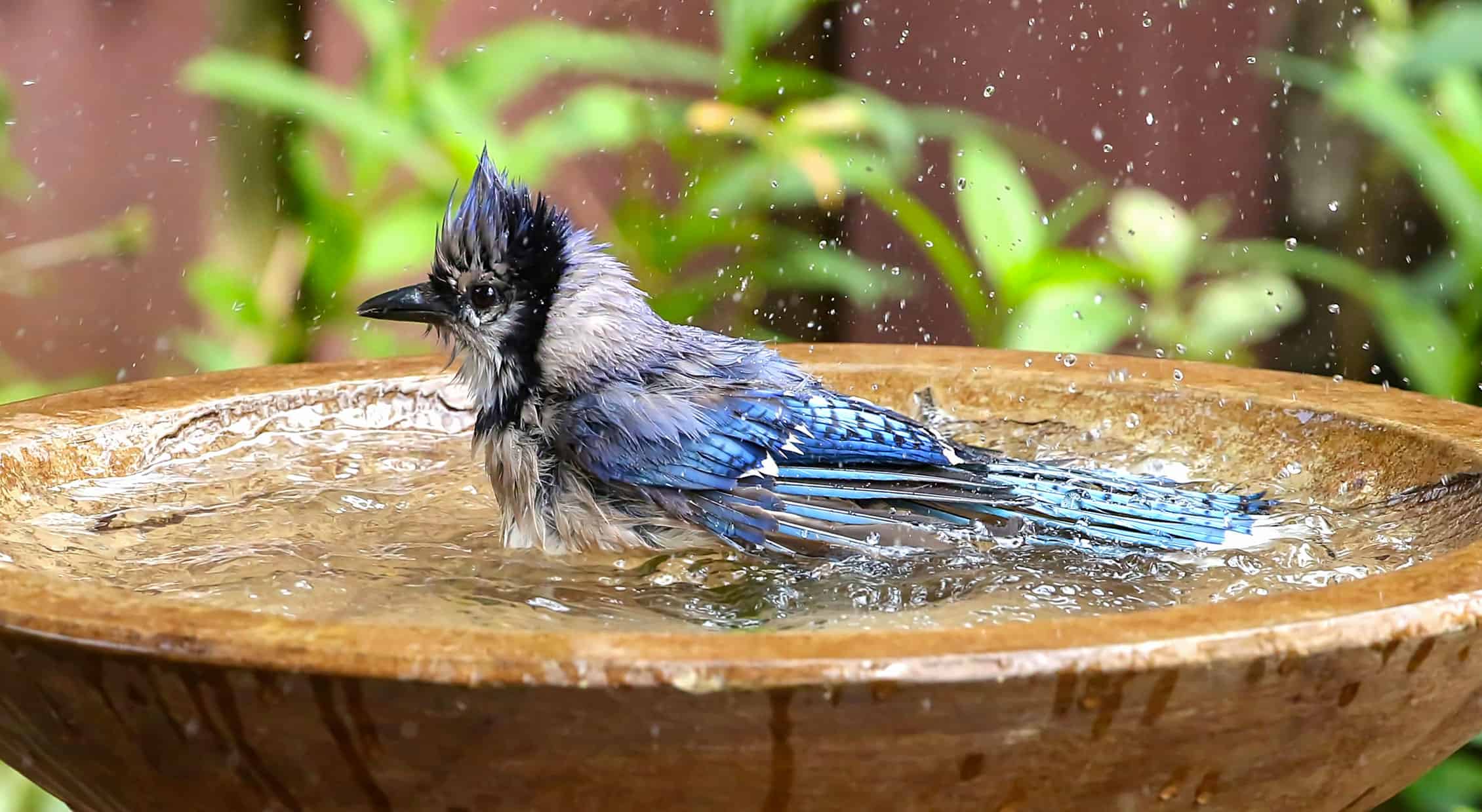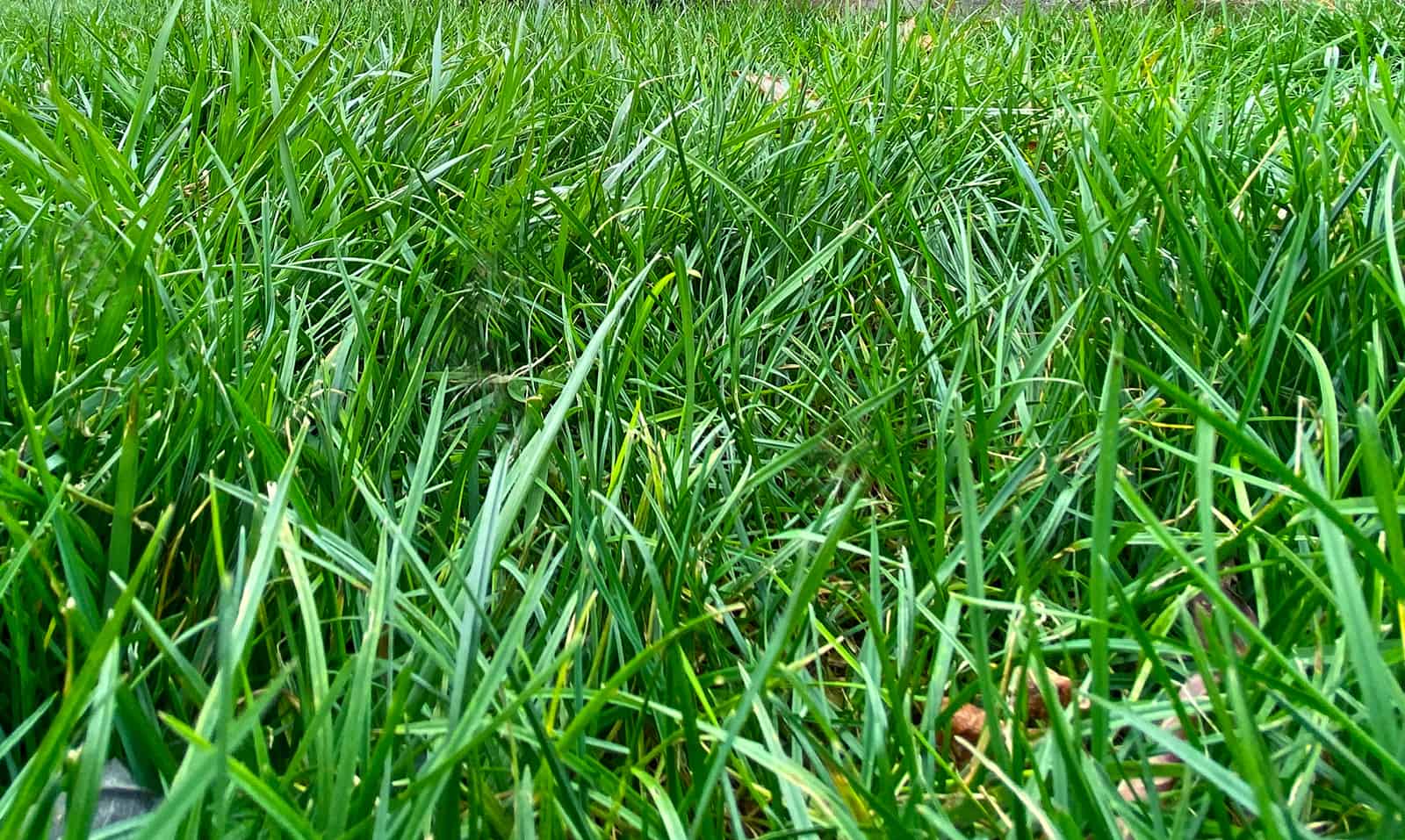[ad_1]
Faux grass could also be inexperienced in shade, however it has a devastating environmental affect and upkeep you may not count on.
To a lifelong gardener, changing actual grass with a pretend garden is nothing wanting prison. To anybody who’s spent any time round actual crops, it positively doesn’t appear like actual grass. And the considered overlaying a yard with an unlimited plastic shroud constituted of petroleum merchandise that chokes the life out of a residing soil, rubs up in opposition to every part a gardener, by no means thoughts an natural gardener, holds pricey.
As the price of synthetic grass has come down and the look has turn out to be extra sensible (to some), you may be tempted to drag up your garden or a piece of it and substitute it with pretend turf. However there are critical environmental implications you need to contemplate earlier than doing so. Be forewarned: no matter advertising claims, synthetic lawns usually are not eco-friendly nor are they maintenance-free.
Why landscaping with pretend grass is unquestionably not inexperienced
Synthetic grass is product of plastic.
Plastic grass is constituted of fossil fuels (derived from oil and/or pure gasoline) and its manufacturing emits carbon into the ambiance, contributing to world warming. Family plastics will be recycled, however synthetic turf is sort of inconceivable to recycle at the moment (see under).
Synthetic turf blocks entry to soil and meals for residing creatures.
Bees, bugs, worms, and mammals serve essential functions in a residing soil. Native bees burrow within the soil and earthworms – a few of whom stay solely within the high 60cm of soil – rely for meals on the highest layers the place natural matter collects. If the soil is blocked from above by synthetic grass, no natural materials can combine with it. Meaning there isn’t any meals for the useful creatures that usually stay in your soil.
Moreover, pollinators native to your space usually nest within the soil. With out entry, these creatures will starve or if potential, transfer to a pure turf panorama or a backyard with open area. And in case you like watching birds out of your window, you’ll be doing much less of it with a pretend garden. Since there will likely be no bugs or earthworms within the soil to feed on, birds will head elsewhere for meals. You may see a number of if in case you have fowl feeders put in, however then you definitely’ll must perpetually clear up seed and fowl poop off the plastic grass. In a time of dramatic decline in native insect species and birds, we’d like extra habitat for them, not much less.
Synthetic grass is NOT maintenance-free.
Leaves that fall from bushes onto synthetic grass will have to be cleaned up, as will animal droppings and different natural particles. Meaning the factitious grass must be cleaned usually, together with after your pet does their “enterprise”. Then there may be the formidable gopher or mole to take care of who decides she needs to chew via your plastic grass from the soil up. Not a pleasant look and costly to repair.
Synthetic grass doesn’t handle stormwater.
Producers tout the permeability of their plastic mats beneath their plastic grass, however rain will run off of synthetic grass nearly as quick because it does off a paved avenue. Water merely can’t penetrate the soil beneath it to any vital diploma. The stormwater runs into storm drains, depriving native waterways and aquifers of a much-needed useful resource. That is problematic in so some ways at a time after we want extra pure surfaces to handle stormwater, not much less. Whereas it’s true you don’t must water a man-made garden, you additionally don’t must water a pure garden as typically as you assume.
Synthetic garden installers substitute topsoil with sand.
Sand is used to supply a steady mattress and a easy floor beneath the plastic grass. Do we have to say how environmentally terrible it’s to take away topsoil and substitute it with sand? Soil shops carbon (CO2) and eradicating it releases carbon into the ambiance, contributing to local weather change.
Synthetic lawns can turn out to be scorching scorching in summer season.
In an period of maximum local weather change, this ought to be the one purpose alone you forego “modernizing” your garden. Daylight bakes plastic grass to scorching temperatures rivaling a sidewalk in peak summer season. Synthetic turf is infamous for burning canine and cat paws, to not point out another wildlife which will wander throughout it. Some house owners report the odor of burning plastic in summer season warmth, too!
All plastics degrade and add to the microplastic drawback.
Over time, daylight, rain, and foot site visitors will degrade a man-made garden. Slowly, the plastic shreds and breaks down into microplastics (tiny shards of plastic), including to this vital environmental drawback. PFAS chemical substances (just like the chemical substances in Teflon), used within the “grass”, don’t break down within the setting and accumulate within the human physique. They’ve been nicknamed “eternally chemical substances”. PFAS chemical substances additionally occur to be within the pelletized rubber backing. A special product known as crumb rubber is normally used for the infill (between the grass and the plastic mat beneath). That is constituted of recycled auto tires, comprises heavy metals, and is infamous for breaking off and coming into the setting.
What occurs to pretend grass when it’s life is over?
You may’t re-seed a man-made garden like you possibly can an actual one, however producers declare you possibly can recycle it. Specialist recycling crops want to do that – it’s not like your pretend garden will be included curbside together with your plastic bottles on recycling day. Sadly, most synthetic turf is shipped to a landfill, as recycling this materials is extraordinarily troublesome. Learn extra about the issue with recycling pretend turf in The Atlantic.
Is there ever a purpose to make use of synthetic turf?
Whereas we will’t think about ever utilizing it to interchange a residing garden, synthetic grass may be helpful to interchange or overlay concrete or asphalt (however the warmth in summer season could be extraordinary). It additionally may be utilized in indoor settings the place the look of grass is required however pure mild and irrigation is missing. This after all ignores the potential well being implications of ingesting microplastics and heavy metals (see above).
In case you have an actual eyesore you’re considering of overlaying…
You might have a problematic nook of your residing garden you’d wish to inexperienced up or an space with poor soil that’s not able to supporting grass. Take into consideration garden alternate options for these areas, not pretend grass. You additionally ought to get a soil check carried out to see what the precise drawback is. The cash you spend putting in and sustaining synthetic turf can be utilized as a substitute to enhance your soil and set up native bushes and shrubs that can cool and beautify your property and handle stormwater. And doubtless at a a lot decrease price.
Now, you may argue that synthetic garden doesn’t must be mowed, which reduces the use off fossil fuels. But fossil fuels have been used within the manufacture of your synthetic garden. You may additionally declare that synthetic garden wants no pesticides or herbicides, in order that makes it environmentally pleasant. This may be true if each garden required chemical substances. However they not often do, no matter advertising hype.
Sources: Why pretend grass is much from inexperienced in methods you may not guess, The Guardian; Turf it out: is it time to say goodbye to synthetic grass?, The Guardian; Why We Don’t Advocate Synthetic Grass for Most Folks, New York Occasions.
[ad_2]

